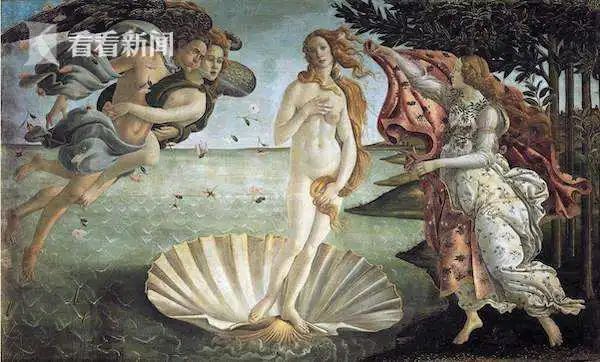
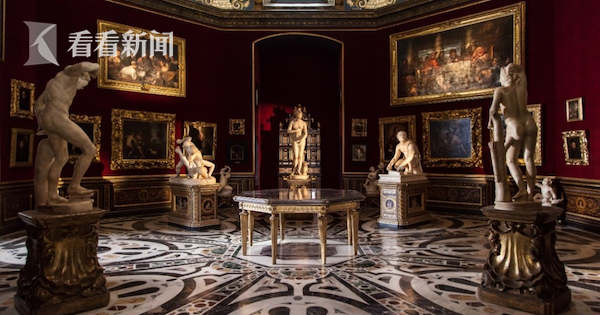
‘Marco Cappellini, general manager of Centric and head of the digitalisation project at the Uffizi Gallery, described the immersive and interactive digital exhibition as a new way of communicating art.
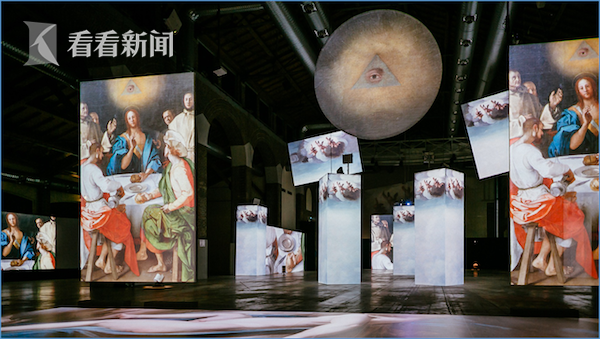
This seminar of dialogue between Chinese and Italian experts through the cloud, guided by the Italian National Cultural Federation, Shanghai Leading Group of Cultural and Creative Industries, and hosted by the Shanghai Institute of Cultural and Creative Higher Education, invited a number of curators of Italy’s top museums and art galleries, as well as experts in digital culture and communication, and experts in the fields of domestic museums, colleges and universities, and the cultural and creative industries, and the experts from China and abroad to discuss the modern technology by means of video link. How to help the inheritance and development of culture and art.
‘This seminar is to discuss how cultural and artistic heritage can be protected, developed and promoted, and we hope to share Italy’s experience in the process of cultural and artistic heritage protection and development.’ In a video message sent by Claudio Bocci, president of the Italian National Federation of Culture, said that Italian cultural and educational institutions also hope to promote the development of art education through the digital innovation projects of cultural and museum institutions. ‘This year is the 50th anniversary of the establishment of diplomatic relations between China and Italy, and many offline activities could not be carried out due to the impact of the epidemic, but China and Italy can still launch more in-depth co-operation and exchanges at the present time for the inheritance and preservation of their respective cultural and artistic heritage.’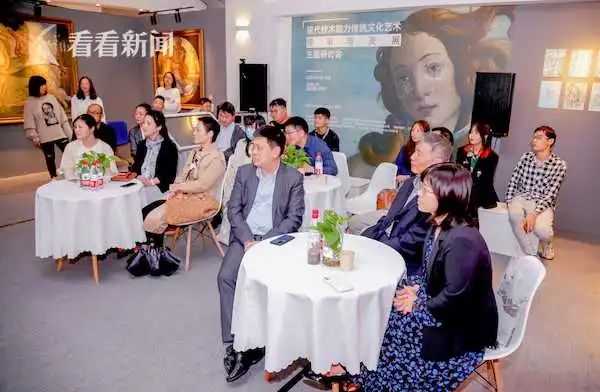
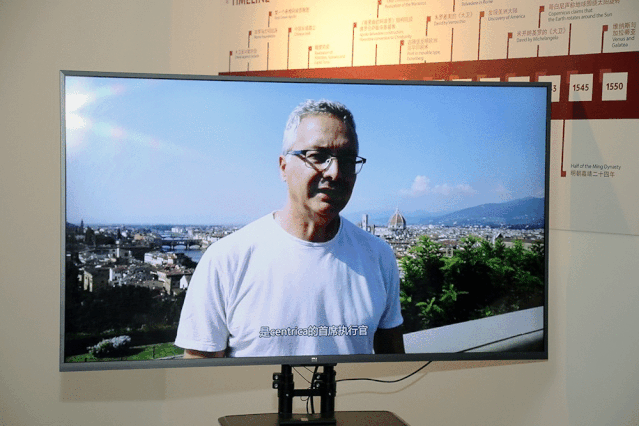
研讨会嘉宾
In the grip of the epidemic, Europe’s museums are facing a difficult situation. According to the Organisation for Economic Co-operation and Development (OECD), cultural tourism accounts for 40 per cent of tourism across Europe, and the OECD predicts a 70 per cent reduction in excursions by 2020. Museums are also expected to struggle to recover offline revenues from admission, shop and catering sales by 2021, when the impact of government cuts in public spending is taken into account.
Alberto Galandini, president of the International Council of Museums, said, ‘Museums will have to adapt to this change and find ways to diversify their sources of income.’ He believes that the yet-to-be-exploited area of online exhibitions could offer some solutions in light of the pandemic and the intensifying crisis in the operation of public spaces.
Indeed, a number of Italian galleries have already begun to explore and practice digitisation. ‘Marco Cappellini, head of the digitisation project at the Uffizi Gallery, said that through the development of ultra-high-definition technology and software platforms, people can ‘carry’ this cultural heritage with them on their devices. ‘During the epidemic, as the tourism industry entered a serious crisis, museum ticket revenues fell sharply, at this time, digital technology can help museums to increase additional income.’
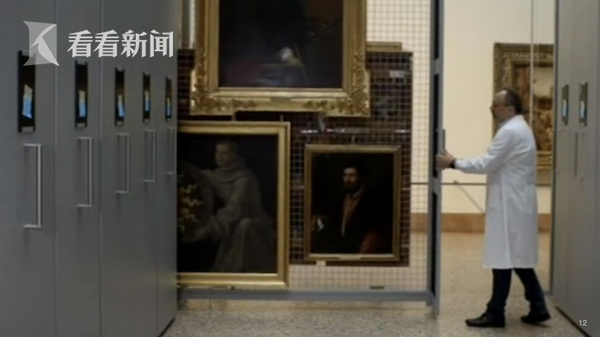
Visitors can choose any two of the digital works for comparison and explore different themes through the categories of landscape, jewellery and decoration. In addition, the digital platform can provide ultra-high-definition digital reproductions of 22 works, with up to 10 Gigabytes of ultra-high-definition pixels per image. This application engine is included in the ‘Italian Innovators’ programme by the Italian Innovation Agency and is widely used in Italian cultural and educational institutions.
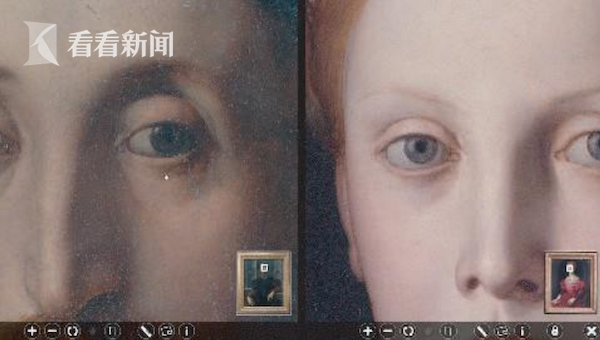
Digitisation quest: the ‘virtual museum’ is here
‘Digital technology will be the keyword for museums in 2020, a year that will be remembered for its accelerated digitisation.’ During the seminar, Dr Alisa Bonaccini, an Italian expert in digital cultural communication and visiting professor at the Institute for Digital Exploration at the University of South Florida, said via a live link that museums in the midst of the epidemic are looking for online solutions with alternatives to attract audiences to visit in a different way.
James M. Bradburne, Director of the Brera Art Museum in Milan, Italy, used a rich case study to show the museum’s public activities and attempts at digital innovation, declaring in a video with pride, ‘We have developed a way to understand the details of the work, something that could not have been done even on site at the museum. It’s a digital revolution that we can do right on the web.’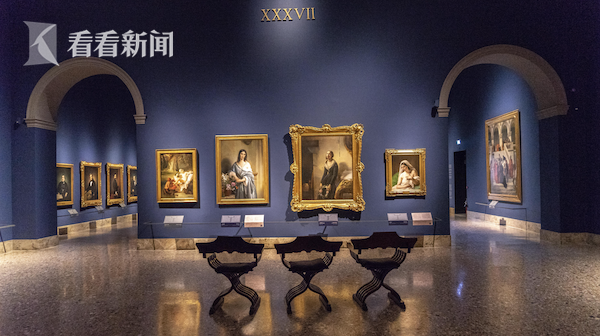
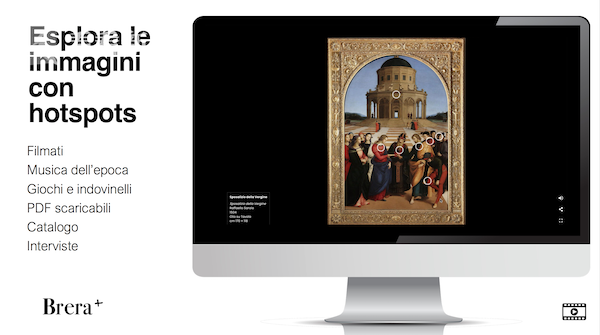
‘According to a survey carried out by the Piedmont Cultural Observatory in collaboration with the Politecnico di Torino, people are inclined to delve deeper into these arts if a quality digital experience is offered and the experience is good.’ Professor Alisa Bonaccini said that in the future, museums could offer content for digital experiences, either through exclusive productions for different audiences or customised services for members for a fee.
Shanghai Museum: first to switch on digitisation, first to welcome visitors
Under this year’s unprecedented Xinguang epidemic, from 24 January to 12 March 2020, after 49 days of closure, the Shanghai Museum became the earliest major museum in China to welcome visitors. ‘The epidemic has in a way opened a new era of museum digitisation. The epidemic has brought about changes in communication methods, and the Shanghai Museum has done a lot of exploring and experimenting.’ During the roundtable discussion, Tang Shifen, Secretary of the Party Committee of the Shanghai Museum, introduced that during the epidemic, the Shanghai Museum integrated digital resources and focused on online display, launching the ‘Shanghai Museum invites you to see the exhibition in the cloud’ theme, integrating 18 three-dimensional exhibitions, 25 remote education, three online exhibitions, five treasures introduction and other digital resources.
The Shanghai Museum is the first large-scale museum in China to carry out digital protection and management of cultural relics. The much-anticipated Shanghai Museum East Hall will also be completed in 2022. Tang Shifen introduced that the East Hall of the Shanghai Museum will be built as an intelligent museum in the future. Cultural relics combined with data-based display will become a new exploration of the Shanghai Museum. ‘When there is a physical display on site, what kind of technology to use is something to consider. In the construction of the East Museum, we will also take these elements into full consideration.’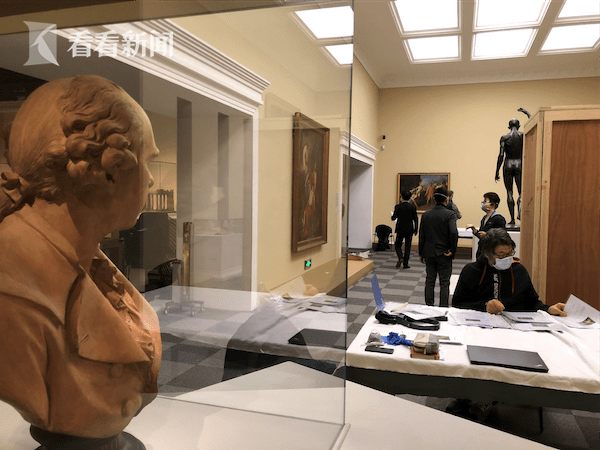
Speaking of cases where digital technology has contributed to the protection of cultural heritage, Zhang Lan, Dean of the School of Conservation and Restoration at the Shanghai Institute of Visual Arts, mentioned the successful experience of digitising the murals at Dunhuang in a round-table discussion on the site. Dunhuang’s Mogao Grottoes have continued up and down for 1,700 years, with more than 45,000 square metres of mural paintings of various generations and more than 2,000 coloured statues remaining. In the 1940s, artists including Zhang Daqian and Chang Shuhong copied a large number of exquisite Dunhuang mural paintings under difficult conditions, presenting to the world the ancient artistic treasures hidden deep in the desert Gobi. Digital technology has overcome the difficulties of manual copying and traditional photographic camera technology in image preservation and reproduction, opening a new era of domestic cultural heritage protection.
Today, digital mural image production of virtual cave tours, multimedia exhibition programmes, multimedia displays, etc., to ease the growing flow of visitors to the Mogao Grottoes protection and management of the pressure. In addition to its use in visitor management, digital technology also plays an important role in heritage conservation research. The virtual database of Dunhuang murals and Cave of Sutras literature, which allows easy access and proofreading of Dunhuang materials, will greatly facilitate research in Dunhuang studies.
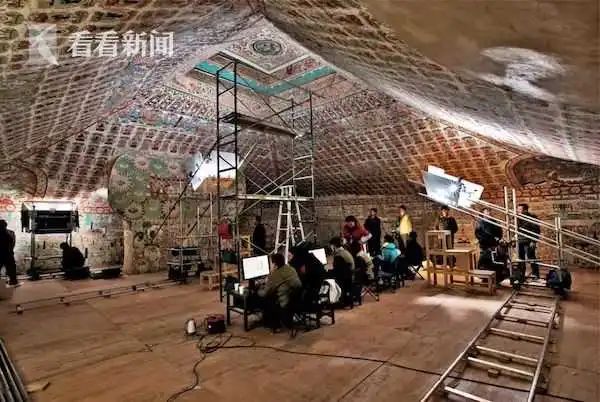
In crisis for survival: modern technology to help cultural and artistic heritage
‘Modern technology fuels the inheritance of culture and art, and in addition to storing this data in the cloud, it is more important to share this data freely so that it reaches different audiences.’ Qiang fluorescence, full-time deputy director of the office of Shanghai cultural and creative industries promotion leading group, said in the roundtable discussion that modern technology can break through the geographical limitations and let the precious digital collections be promoted all over the world; Italian educational institutions do not spare any effort to let students deeply understand the history of art through modern technology, so as to stimulate their creative thinking, which is especially worthy of our learning and reference.
The epidemic is both a crisis and an opportunity for museums and the entire creative industry. Qiangluo said that the overall economic situation in Shanghai has declined due to the epidemic, but from the data of the third quarter, the recovery of the culture and art industry is the most obvious among all industries in the city. The use of science and technology to disseminate the value of culture and art, in the research and protection of cultural relics, especially in the field of education and dissemination, there is still huge room for development.
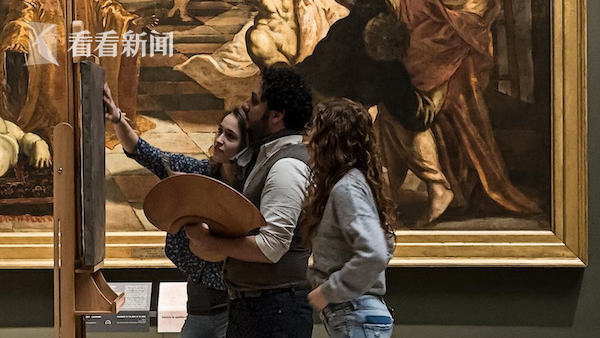
‘Many works cannot be travelled over long distances, and these artefacts are delicate and fragile, or belong to the treasures of a particular museum. Making these precious artefacts visible to a wider audience through a ‘virtual museum’.’ In addition to the fundamental role of restoring and preserving artefacts, modern technology has made it possible for ‘virtual museums’ to better exploit and disseminate cultural heritage through online live streaming or high-definition digitisation in conjunction with physical exhibitions, according to Professor Cristina Ardidini. She said, ‘Cultural artefacts do not speak. We endeavour to protect cultural heritage so that they can continue to tell the great and far-reaching stories of mankind.’
(See News Knews Reporter: Wang Linlin Editor: Xiaozhen)

